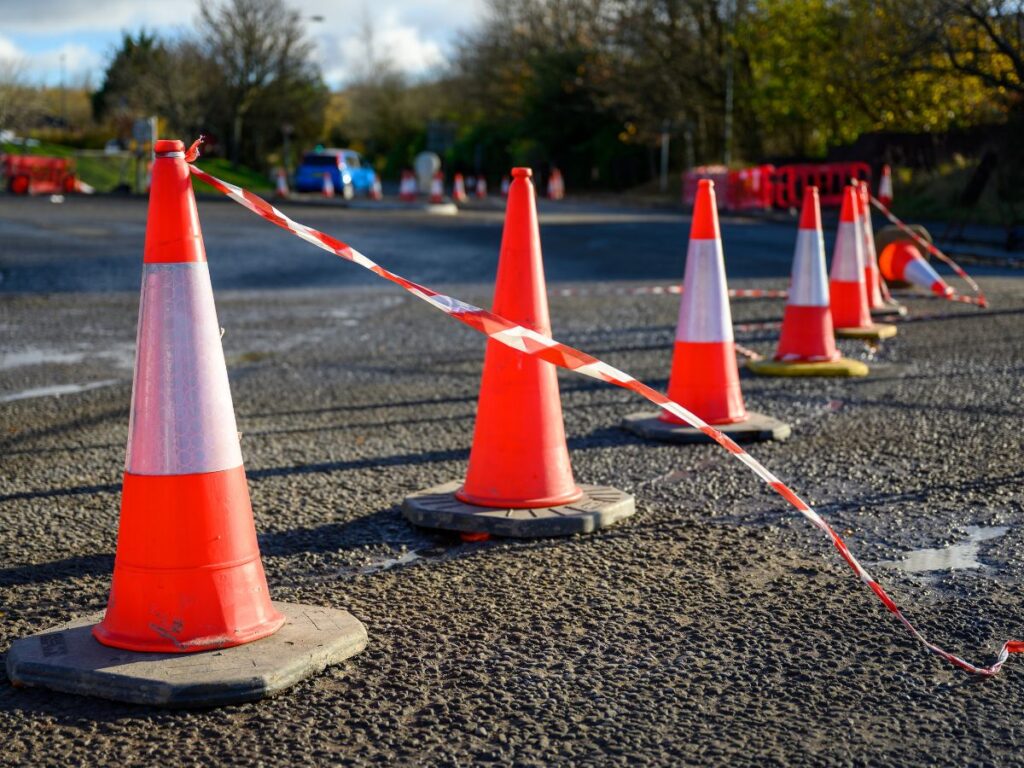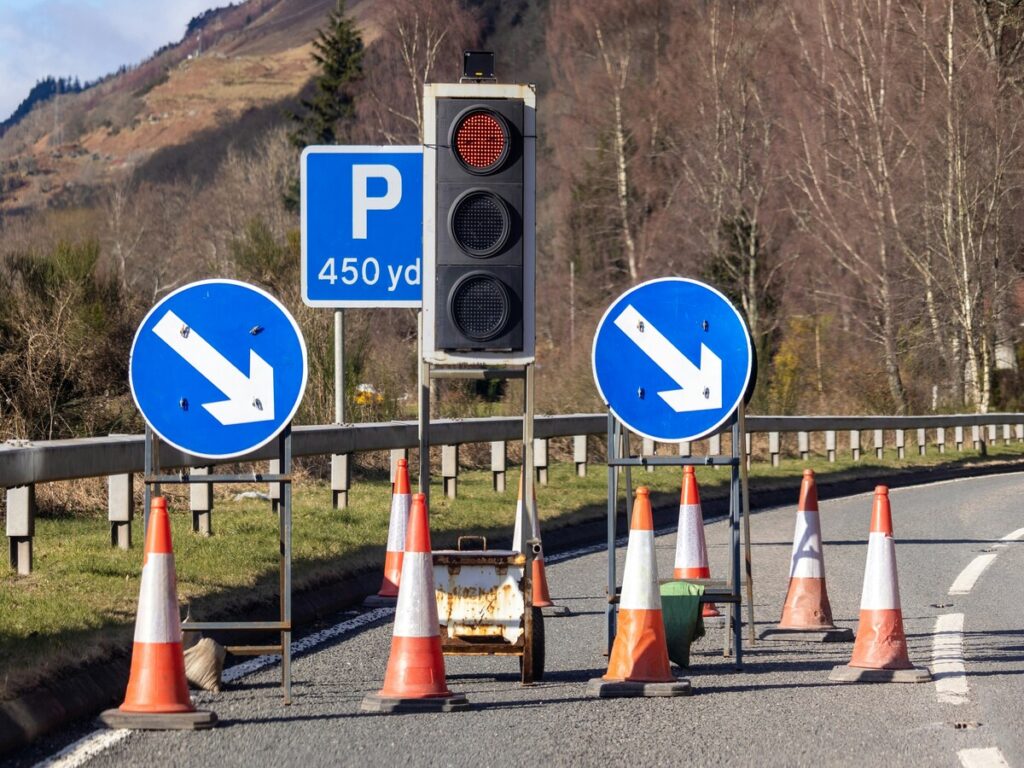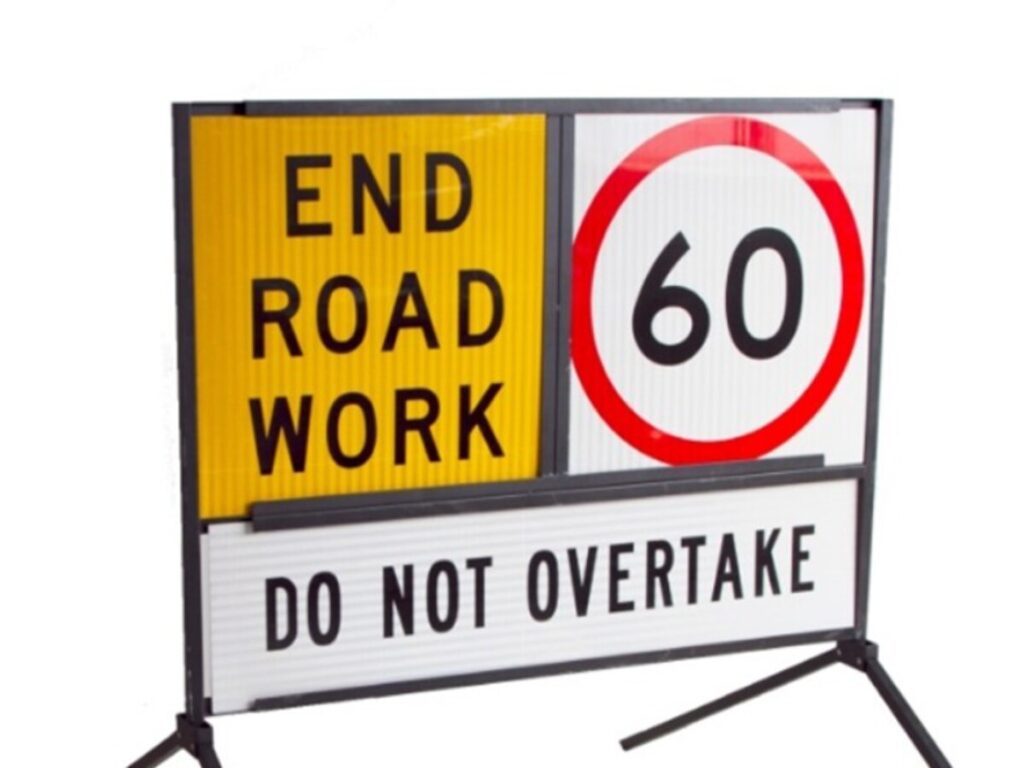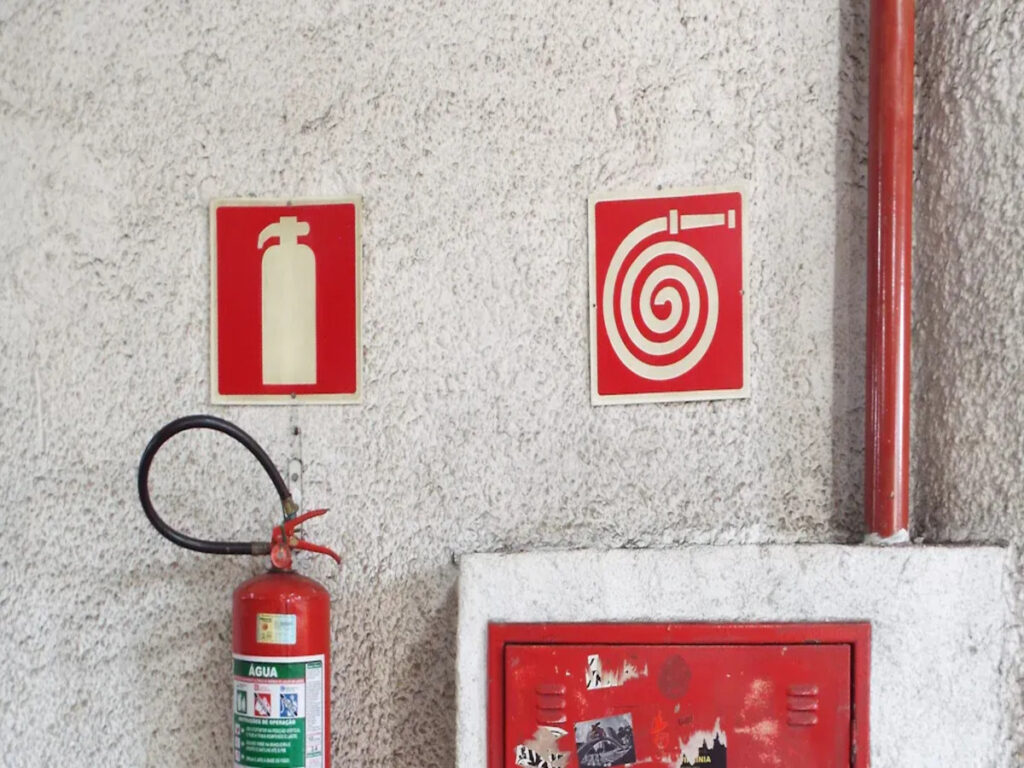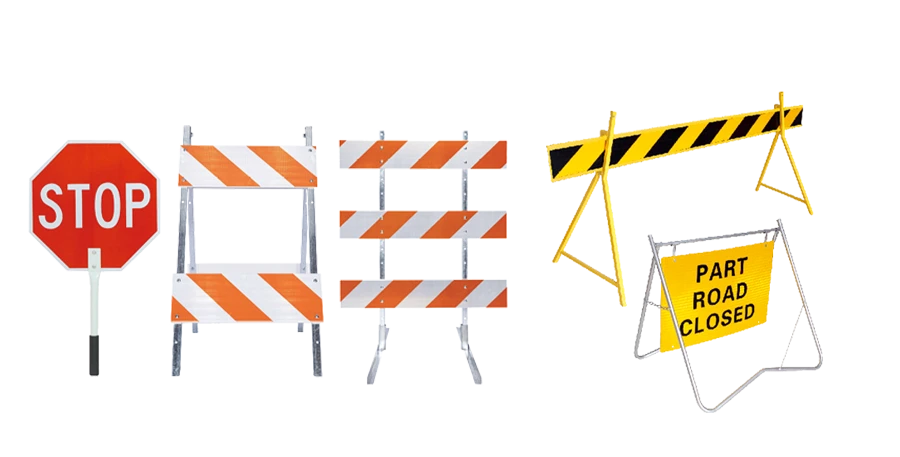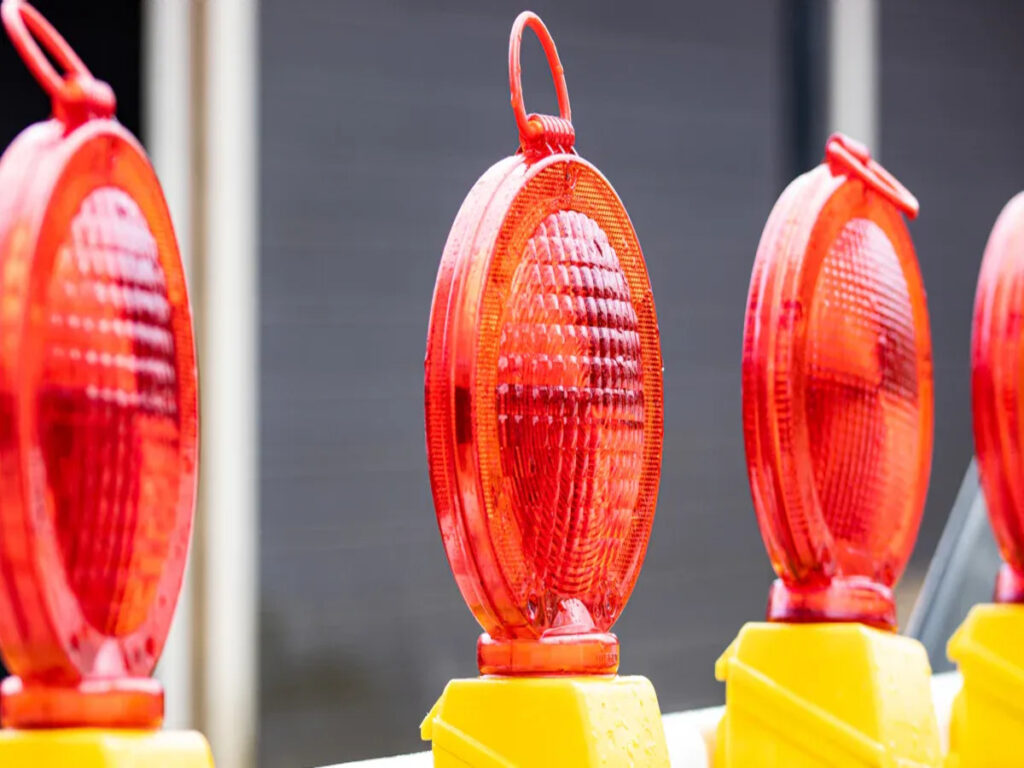
You face many dangers on the road, especially when you cannot see well. Traffic warning lights help you notice danger fast. Flashing signals are easier to see than steady ones. Drivers react more quickly to flashing lights. This quick action helps stop rear-end crashes. It also helps keep everyone safe. In bad weather or at night, flashing traffic signals shine through fog or snow. They warn you before you get close to a hazard. All over the world, crashes from bad weather hurt and kill thousands of people each year.
| Wetterbedingungen | Estimated Annual Crashes | % of All Crashes | % of Weather-Related Crashes | Estimated Injuries | % of Weather-Related Injuries | Estimated Fatalities | % of Weather-Related Fatalities |
|---|---|---|---|---|---|---|---|
| All Weather-Related Crashes | 744,911 | 12% | 100% | 268,239 | 100% | 3,807 | 100% |
| Regen (including mist) | 574,047 | 10% | 77% | 219,039 | 82% | 2,810 | 74% |
| Freezing Precipitation | 219,942 | 2% | 18% | 34,206 | 13% | 407 | 11% |
| Low Visibility (Nebel, smog, Rauch, blowing snow/sand/dirt) | 32,871 | 1% | 4% | 11,292 | 4% | 488 | 13% |
| Severe Crosswinds | 5,870 | 0.1% | 1% | 2,426 | 1% | 65 | 2% |
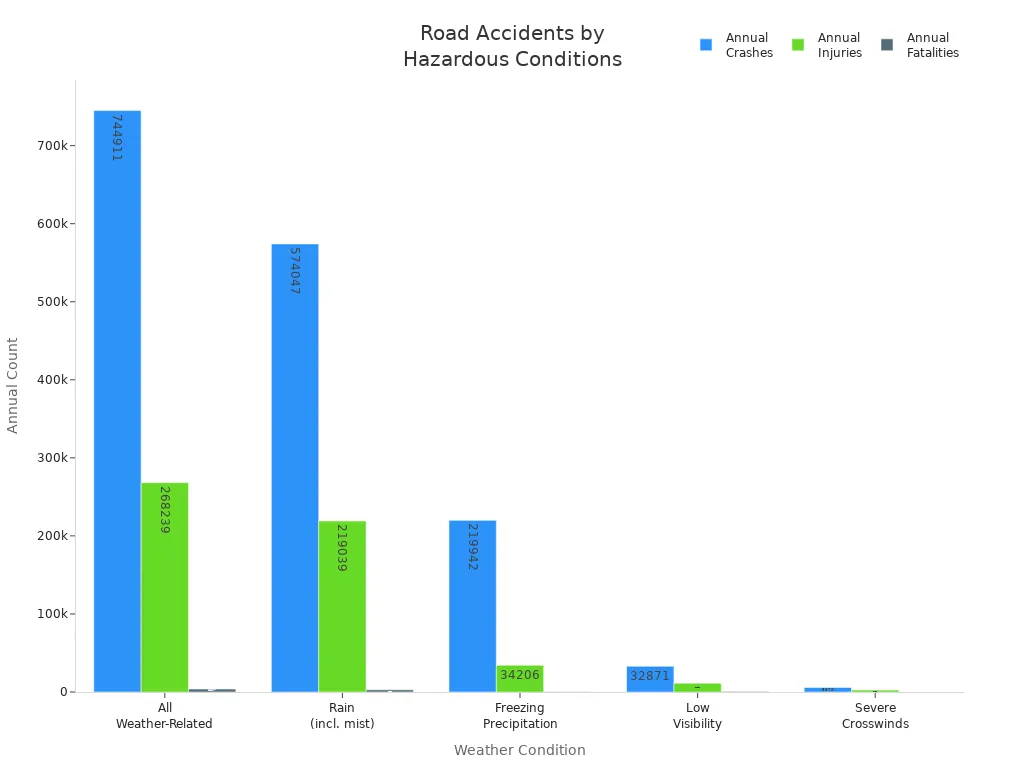
Flashing LED traffic warning lights are very important for road safety today. They help you drive safely in dangerous conditions. You can trust these traffic signals to warn you about danger, Tag oder Nacht.
For more information on how LED warning lights can enhance road safety, Schauen Sie sich unseren Blog an, LED -Warnlichter für die Verkehrssicherheit: Was zu wissen, bevor Sie kaufen.
Traffic Warning Lights and Road Safety
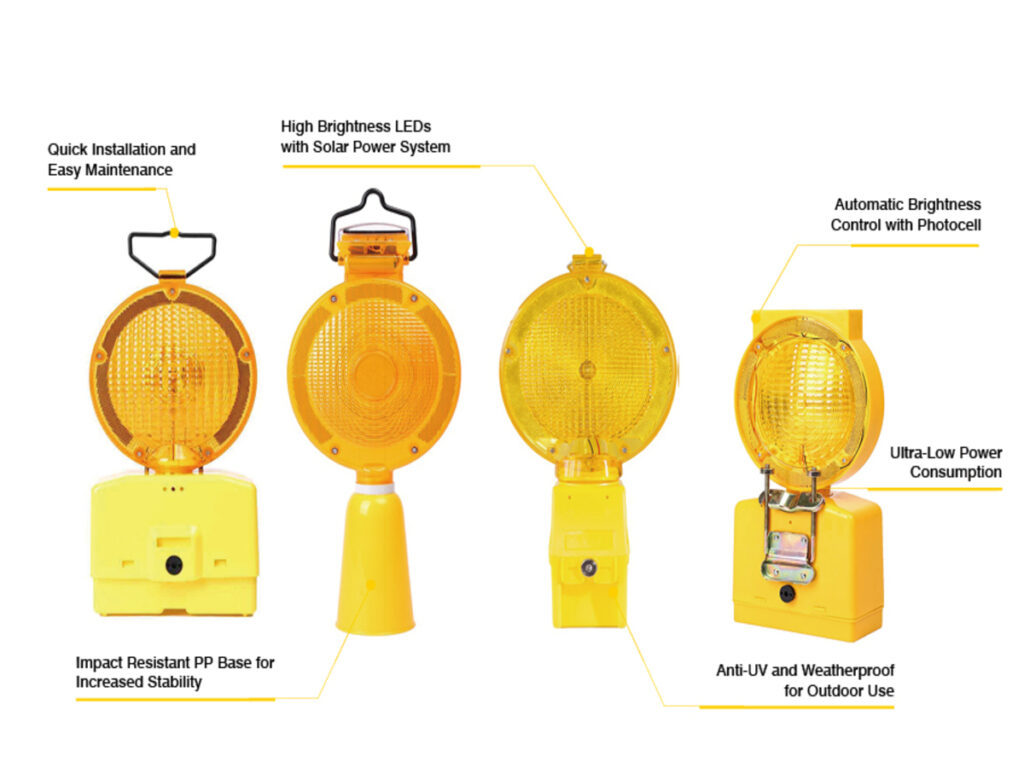
Immediate Awareness
You must see danger on the road quickly. Flashing traffic beacon lights help you notice problems fast. Your eyes spot flashing signals before steady ones. These lights are easier to see than normal traffic signals. You react faster because the flashing grabs your attention. Every second matters in an emergency.
Studies show flashing beacon lights at junctions lower accident numbers. You get a warning right away, so you have more time to slow down or change lanes. This quick action makes roads safer for everyone. You can find these warning lights in building sites, emergency areas, und gefährliche Kreuzungen. Sie helfen Ihnen, sicher zu bleiben, auch im Nebel, Schnee, or at night when it is hard to see.
Tipp: Always watch for flashing beacon lights in work zones or near emergency vehicles. These signals mean you should slow down and pay attention.
Psychologische Auswirkungen
Flashing traffic signals do more than just catch your eye. They also change how you think and act while driving. When you see a flashing beacon, your brain knows something important is happening. You focus more and watch the road ahead. Tests with driving simulators show drivers react faster to flashing lights than steady ones. You can spot lane changes or dangers from farther away when the lights flash in a clear pattern.
Flashing warning systems make you pay attention to the centre and sides of your view. You look at the signals more and get less distracted by other things. This helps you make better choices, Besonders bei schlechtem Wetter oder nachts. The effect of flashing beacon lights leads to better stopping and fewer risky moves at junctions. These changes help make roads safer for everyone.
Urgency in Hazards
You face many dangers on the road, like sudden lane closures or slippery roads. Flashing beacon lights make you feel you must act fast. Steady traffic signals do not do this as well. When you see a flashing signal, you know you must do something quickly. This urgent warning helps you avoid crashes and keeps everyone safe.
Flashing warning systems help you decide what to do in dangerous situations. Bei Nebel oder starkem Regen, you might not see normal traffic signals. Flashing traffic beacon lights shine through bad weather and tell you to slow down or stop. Studies show drivers respond better to flashing signals, auch wenn das Fahren anstrengend ist. You see these warning systems at railway crossings, Schulzonen, and road works. They are important for traffic control and emergencies.
- Flashing beacon lights help you notice danger sooner.
- You make safer choices, like stopping in time or changing lanes.
- These signals help guide you through tricky or changing roads.
Flashing traffic signals are a key part of modern warning systems. Sie helfen Ihnen, sicher zu bleiben, make quick choices, and avoid danger when it matters most.
Blinkes Leuchtfeuer: Schlüsselmerkmale

Helligkeit und Sichtbarkeit
Flashing beacon lights help you see danger from far away. They use very bright LEDs that shine in fog, Regen, und nachts. The brightness is measured in lumens, which shows how much light comes out. Red beacons can be as bright as 296 lumens. Yellow ones reach 220 lumens, and green ones go up to 553 lumens. The light spreads out in every direction, so you can spot the flashing from anywhere. Some beacon lights are visible from more than 300 Meter entfernt, Auch wenn das Wetter schlecht ist. The colour temperature helps your eyes find the beacon quickly.
| Spezifikationsaspekt | Details |
|---|---|
| LED Quantity (Rot, Gelb, Grün) | 9 pcs each |
| Helligkeit (Rot, Gelb, Grün) | 296, 220, 553 lumens |
| Visual Distance | ≥300 metres |
| Stromverbrauch | ≤14.2W (max) |
| IP -Bewertung | IP55 |
| Working Life | >50,000 Std. |

You notice the flashing pattern quickly, which helps you act fast. The best beacon lights shine all around, so you always see the warning.
Durability and Efficiency
Flashing beacon lights last a long time because they are made strong. LEDs turn most of their energy into light, so you save power and money. Sie müssen sie nicht oft ändern, as they work for over 50,000 Std.. This means you spend less time fixing them and pay less for new ones.
| Besonderheit | LED Traffic Warning Lights | Traditional Incandescent Warning Lights |
|---|---|---|
| Energy Conversion Rate | Bis zu 80% electrical energy to light | Um 10% electrical energy to light |
| Stromverbrauch | Beispiel: 8W per unit | Beispiel: 116W per unit |
| Lebensdauer | Bis zu 50,000 Std. | Um 1,000 Std. |
You get lower costs and do not need to replace them much. The beacon lights also stay cool, which keeps them safe and working longer.
Notiz: Solar-powered beacon lights can work in places with no wires, making them even better.
Wetterwiderstand
You need beacon lights that work in any weather. These lights have high IP ratings, wie IP65 oder IP67, so they keep out water and dust. You can trust them in rain, Schnee, oder heiße Sonne. The casing uses strong materials like aluminium and polycarbonate, so it does not break from wind or shaking. It can even handle people trying to damage it.
Flashing beacon lights pass tough tests for heat, kalt, und Sonnenlicht. They keep working from -40°C to +80°C. You always see the flashing, Egal das Wetter.
Rules decide the colour and brightness of beacon lights. In the UK and other countries, yellow is the usual colour for warning beacons. The flash speed is usually between 1 Und 4 Mal pro Sekunde. The light must be bright enough for daytime but not too bright at night.
Tipp: Always make sure your beacon lights follow local and world rules for safety and how well they work.
Visibility and Effectiveness in Hazards
Poor Weather
Nebel, Schnee, and heavy rain make roads dangerous. It is hard to see hazards in these conditions. Flashing beacon lights are easy to spot, Auch bei schlechtem Wetter. LEDs are much brighter than other warning lights. You can see a beacon from far away, even if fog or snow is thick. Some beacons change brightness when the weather changes. This helps you always see them clearly. Strong cases and mounts keep the beacon safe during storms. You should check the beacon lens often to keep it clean.
- LEDs sind sehr hell, so you see them from far away.
- Brightness controls help save energy and keep lights clear.
- Tough designs protect the beacon from bad weather and keep the signal strong.
Night-time Use
Nachts, it is harder to see danger. Flashing beacon lights are easy to notice in the dark. Studies show that flashing beacons and LED strips help drivers see hazards sooner. You look at the beacon and react faster to people or things in the road. These lights make crossings and junctions safer. You get a clear warning, so you know when to slow down or stop. Some studies show drivers follow the rules better at night when they see a flashing beacon, especially on quiet or narrow roads.
Roadworks and Emergencies
You see flashing beacon lights at roadworks and accident scenes. These lights warn you to slow down or change lanes. Der Maryland CHART programme used flashing beacons to help emergency teams arrive faster and reduce traffic jams. When a beacon flashes with a digital sign, you get updates about road closures or hazards. This helps you make safer choices and keeps traffic moving. Flashing beacons also work with radar speed signs to remind you to drive safely in danger zones.
| Situation | How Beacons Help |
|---|---|
| Straßenarbeiten | Warn you to slow down |
| Accident Zones | Signal emergency and guide you |
| Temporary Hazards | Provide high visibility alerts |
Tipp: Always watch for flashing beacon lights in construction zones or near emergency vehicles. They help you avoid danger and keep everyone safe.
Best Practices for Flashing Traffic Warning Lights
Platzierung und Positionierung
Verkehrssignale must be put in the right places to keep roads safe. Good placement lets drivers see flashing lights early and react quickly. Here are some steps to follow for the best results:
- Put overhead traffic signals at busy or wide junctions. This stops big vehicles or signs from blocking the view.
- Add signals at eye level for drivers of all heights and angles.
- Place signals where drivers look straight ahead. Make sure they can see them from far away.
- Use more than one signal at each junction. This helps if one gets blocked.
- Always follow national and local rules for where to put signals.
- Change your plan for each area. Cities need more signals, but country roads need fewer, well-placed ones.
- Work with traffic engineers to check each junction and follow all rules.
- Think about how many lanes and turns there are. Add extra signals for turning lanes if needed.
- For tricky junctions or roundabouts, keep the signal layout clear and simple.
- Use both overhead and side signals for extra safety.
Tipp: If you put flashing signals in the right spots, drivers see danger sooner and there are fewer crashes.
Blinkfrequenz
How fast the lights flash is important for safety. Studies say a flash rate of about 1 Hz (one flash each second) Funktioniert am besten. This speed makes the signal easy to see but not too bright or distracting. Faster flashing does not help drivers react better and can distract them. Keep the flash speed steady and match it with other signals for a clear message. Good teamwork with other safety systems, like road markings or digital signs, helps drivers make safer choices.
Vorschriftenregulierung
You must follow all the rules for traffic signals and warning lights. Different countries use different colours for flashing lights. Hier ist eine kurze Anleitung:
| Farbe | Main Use | Legal Notes |
|---|---|---|
| Rot | Feuer, Krankenwagen, some police | Emergency only; strict rules |
| Blau | Polizei, some volunteers | Law enforcement; restricted use |
| Bernstein | Konstruktion, Dienstprogramm, Langsame Fahrzeuge | Most common for warning; widely allowed |
| Grün | Incident command, some volunteers | Use varies by country |
| Weiß | Szenenbeleuchtung, extra visibility | Often used with other colours |
| Lila | Funeral processions | Special use; varies by region |
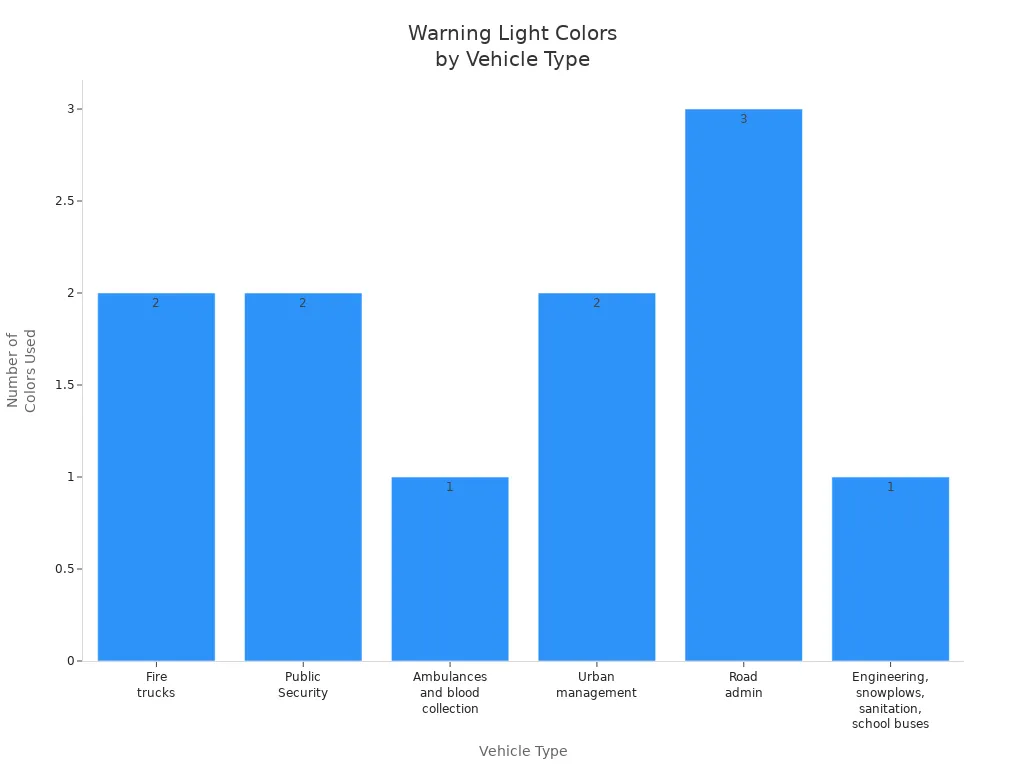
Wenn Sie diese Regeln nicht befolgen, you could get fined or have legal problems. Always check local laws before you put in or use flashing traffic signals. Following the right rules keeps everyone safe and helps with good traffic control.
You often see flashing LED traffic warning lights where danger can happen fast. These lights help you see problems and make safer choices. You can spot them at night, in fog, or when it rains. They show you where roadworks or emergencies are happening. The lights help keep people safe by marking closed lanes and protecting workers. Their strong brightness and long life give you clear warnings. When you follow the rules and use these lights right, Sie tragen dazu bei, die Straßen sicher zu halten.
- You find danger sooner when the weather is bad.
- You pay more attention near emergencies and building work.
- You help everyone by using good warning lights.
Erinnern: Flashing LED traffic warning lights help you see better and keep roads safer.
FAQ
Are flashing LED warning lights visible during the day?
You can see flashing LED warning lights clearly in daylight. The high brightness and special lens design help the light stand out, Sogar in heller Sonne. This ensures you always notice hazards, no matter the time.
What is the best colour for flashing traffic warning lights?
Amber is the most common colour for warning lights. You often see amber on roadworks, Langsame Fahrzeuge, und Baustellen. Red and blue are for emergency services. Always check local rules before choosing a colour.
Where should you place flashing LED lights for maximum effect?
You should place flashing LED lights where drivers can see them early. Good spots include sharp bends, busy junctions, and before roadworks. Overhead and side placements help all drivers notice the warning.
Do regulations control the use of flashing LED warning lights?
Ja, strict rules guide the use of flashing LED warning lights. You must follow local and national standards for colour, Helligkeit, und Platzierung. This keeps roads safe and avoids legal problems.
Tipp: Always check the latest traffic safety rules before installing any warning lights.

